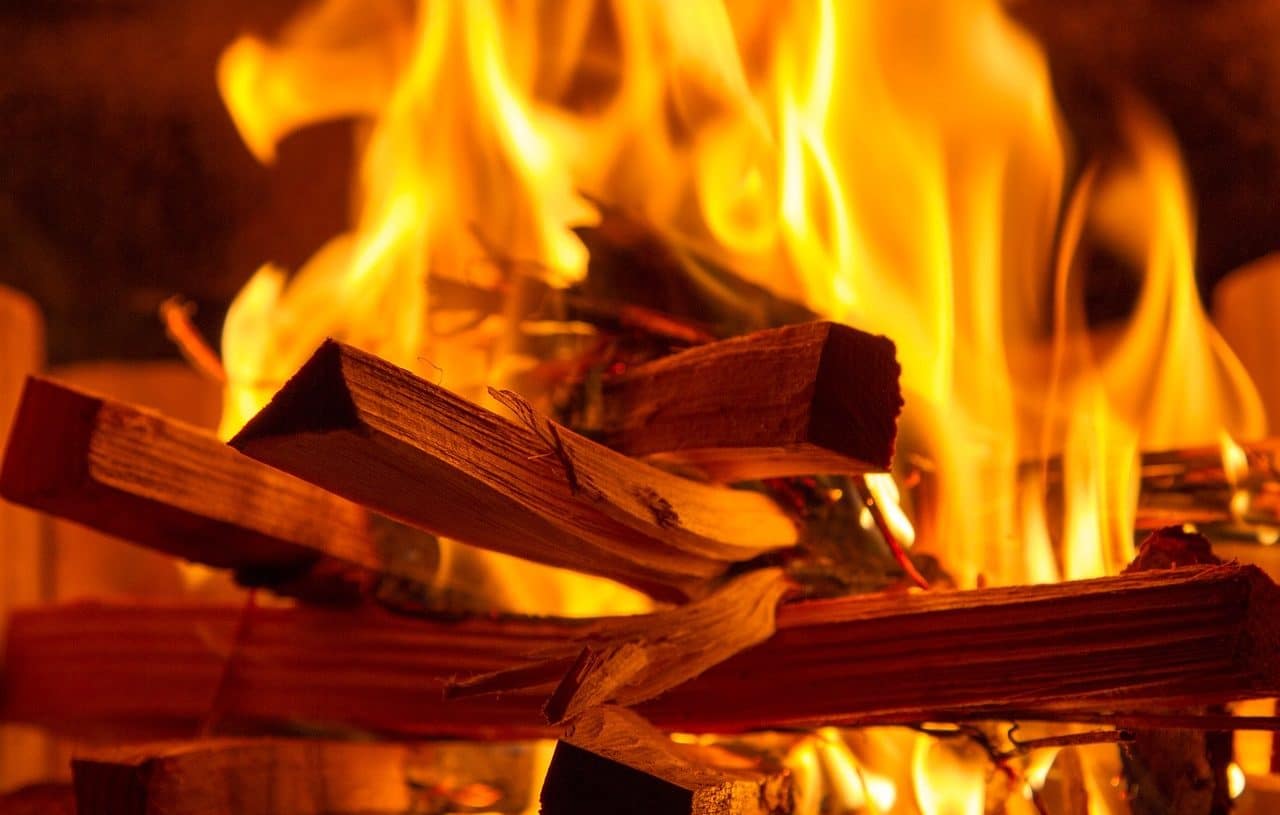
The piece of wood that is in the process of combustion is called blight.
Blight is a concept that is used in different ways. The term can refer to the piece of wood that is burned in a sector or that is in the process of combustion .
For example: “Only a small firebrand could be saved from the fire” , “We should move the firebrands a little to fan the bonfire ” .
early blight
Blight, on the other hand, is a type of fungus that lives as a parasite on different cereals and plants. Alternaria solani is part of these fungi and causes the disease called early blight in tomatoes. This fungus causes spots on the stems and leaves, causing damage that ends up rotting the tuber.
Early blight is a disease that puts the cultivation of the tomato plant at risk like few others, since it can appear at any phase of its growth and affect all its aerial organs , from its stem to its leaves and, of course, its fruits. . It is a danger that farmers must keep in mind and combat throughout development.
Its symptoms begin to appear on the oldest leaves, where small brown lesions with irregular shapes can be seen, formed from a series of concentric rings, which appear as a result of the plant's struggle to stop the infection. . The lesions are usually surrounded by a yellow region, given the emergence of toxins; If they are generated in very high numbers, they can join together to cause the destruction of the leaf tissue, something that even negatively affects the quality of the fruit, since it leaves it unprotected against the sun.

Blight is a type of fungus that affects plants.
Phytophthora infestans
Phytophthora infestans , for its part, causes late blight . It is a pest that can destroy tomatoes, potatoes and other crops intended for human consumption.
This disease is one of those that cause the greatest destruction to plants, partly due to its speed in traveling through the air, but also due to its great reproductive capacity and the characteristics of the fungus that generates it, which is of significant virulence . Furthermore, almost no aerial tissue of a plant affected by late blight is likely to escape its effects.
Regarding the symptoms of late blight, one of the most obvious is the appearance of spots of various sizes on its surface, which vary depending on the environmental conditions. Firstly, the lesions exhibit a dark green color, with white filaments on their margins due to humidity. After a while, the green turns brown, and the lesions can reach the entire leaf blade, stripping it of its rigidity, with which the petiole collapses. Branches and stems can suffer the same fate. On the fruits, it is common for reddish brown spots to appear that cover almost their entire surface.
Blight in architecture
In the field of architecture , a part of a brick or ashlar (a type of carved stone) is called blight. There is a construction method known as “rope and firebrand” .
When the ashlars are arranged horizontally along the longest sector, it is called “a rope” ; If the ashlars are placed on the shortest side, it is “a tizón” . Therefore, a “rope and firebrand” development combines both modalities.
Other uses of the term
The idea of blight, on the other hand, refers to a stain or stain that affects in a physical sense (a crop, to name one possibility) or symbolically (honor).
Tizón , finally, is a common surname in some Ibero-American countries . In this sense, we can name the Argentine writer and diplomat Héctor Tizón , born in 1929 and died in 2012 .
